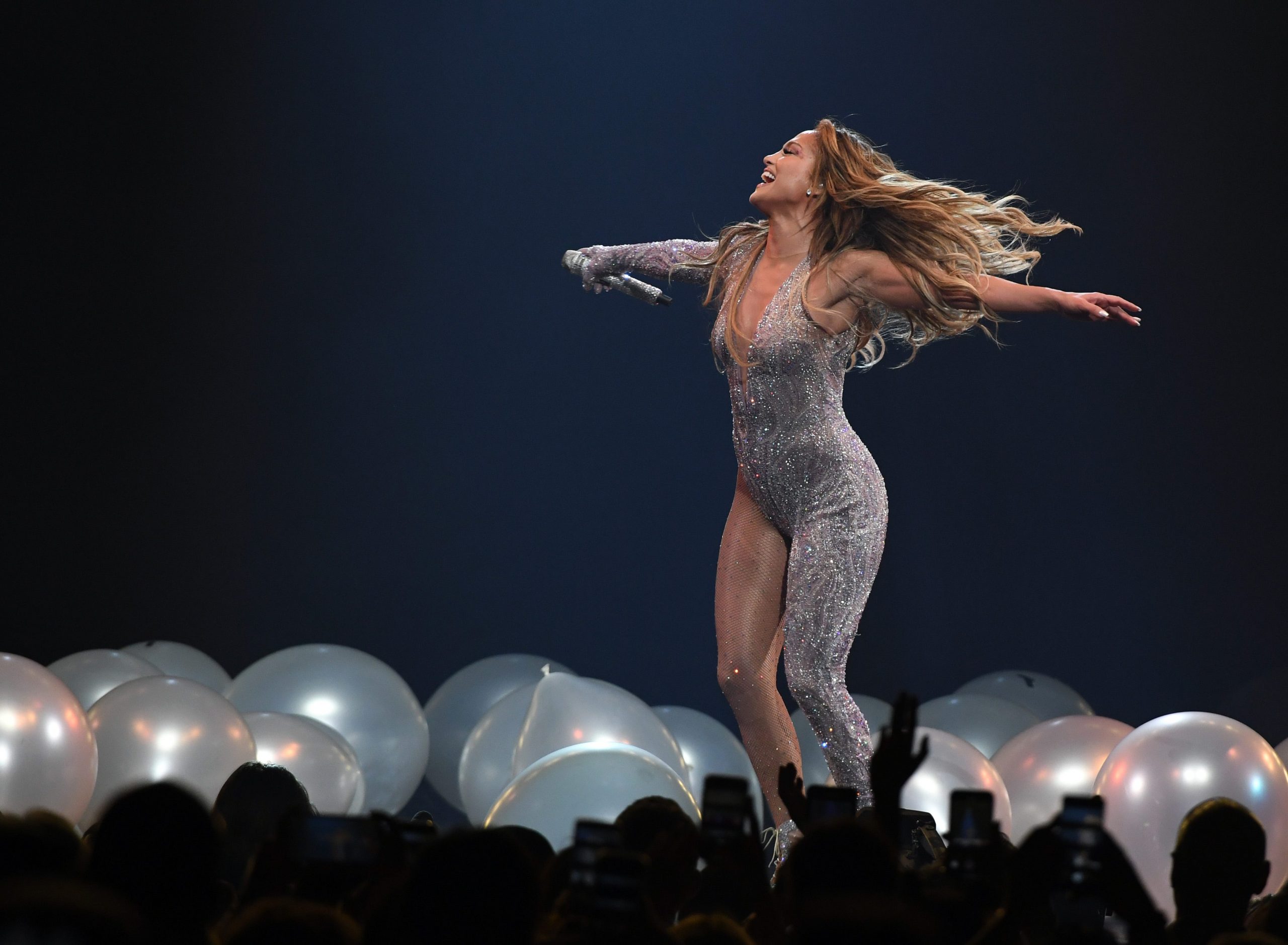
Ethan Miller/Getty Images for ABA
- Big, strong butts are a popular fitness goal, according to celebrity trainer Gunnar Peterson.
- Squats, hip bridges, and kettlebell swings are great for glute building, he said.
- The key is to start now, said Peterson, whose clients have included the Kardashians and Jennifer Lopez.
- Visit Insider’s homepage for more stories.
Good news for glute lovers – having a powerful behind is in style, according to celebrity trainer Gunnar Peterson.
“When I first started as a trainer, women often wanted to lose weight there. Now it’s the opposite – they want more size. I never got that request years ago,” Peterson told Insider.
But it’s not just women. Men are also looking for bigger, more defined derrieres.
It’s partly a matter of fashion, but also performance, said Peterson, whose clients have included Jennifer Lopez, Sofia Vergara, Dwayne “The Rock” Johnson, Matthew McConaughey, Angelina Jolie, and the Kardashians.
“The big backyard is helping you from a power standpoint. A lot of aesthetics is based on people you see performing well, so people are understanding now that’s your powerhouse, and they want to make it bigger,” he said.
For a strong butt, focus on exercises like kettlebell swings, hip bridges, and weighted squats
If you seek a well-built butt, Peterson recommends focusing on exercises that target the posterior chain, which include the glutes and hamstrings, as well as the back.
Read more: Tracy Anderson says you always need to do a 'work in' before you work out. Here's how.
Kettlebell swings are a great example, since the exercise requires you to engage your whole posterior chain in addition to your core.
Other movements that target your behind include back squats (also great for full body strengthening) and hip bridges, in which you lay on the ground with your feet on the floor and push your pelvis upward, with or without weights.
For maximum glute gains, try working with several variations of these movements, according to Peterson.
For hip bridges, practice doing the movement with one leg at a time. This not only makes the movement more challenging, but also helps balance out your body. Most of us have a more dominant side of our body, so training the weaker leg is important for a well-rounded athletic performance.
Similarly, changing up your stance while squatting can also target muscles from different angles. For instance, you might try a narrower stance, with feet slightly closer than shoulder width; or a sumo stance, with feet wider apart and your toes turned out at a 45 degree angle.
These versions of the exercises can help activate all parts of the glutes for better results.
"Multidirectional work is important to make the muscles develop equally," Peterson said said.
To grow your glutes, you need to eat enough calories
For bigger, stronger glutes, exercise is just part of the equation. You also need to eat to fuel your gains. That's true of any muscle, but particularly the glutes and other muscles of the legs and back body, since research shows that these larger muscle groups burn more calories during exercise than smaller or individual muscles.
In order to build more muscle mass, on your behind or anywhere else, you'll need to consume more energy than you burn overall.
"You need a calorie surplus," Peterson said. "Make sure you're getting enough protein, quality carbs, and healthy fats."
The exact amount of extra calories you'll need can vary, but research suggests that a good place to start is around 300 to 500 calories more than what you'd typically need to get through your day.
The best advice for reaching your fitness goals is to start now
There's no single food or exercise that's the biggest factor in fitness progress. The key, according to Peterson, is just to start somewhere, the sooner the better.
"I see people making a big deal about the start of something, instead of just doing it," Peterson said. "If you tell me about your fitness plan, right then and there, I'm going to tell you to drop down and give me 20 push-ups, then 20 squats, and then 20 crunches. That's way better then telling me what you're doing to do in 30 days."
It's good to do some planning for your workouts, Peterson said, just to make sure you have time to do them, and to build the habit of making time for exercise. From there, you can make adjustments along the way, instead of delaying your progress by waiting for a perfect plan.
Even if you struggle in an exercise session, miss a workout, or aren't seeing progress as quickly as you'd like, focusing on small victories can help you stay motivated. This, in turn, makes you more likely to see overall success, according to Peterson.
"Just get started and see where it takes you," he said. "You're doing the work, give yourself credit for what you do, and don't beat yourself up for what you didn't do."